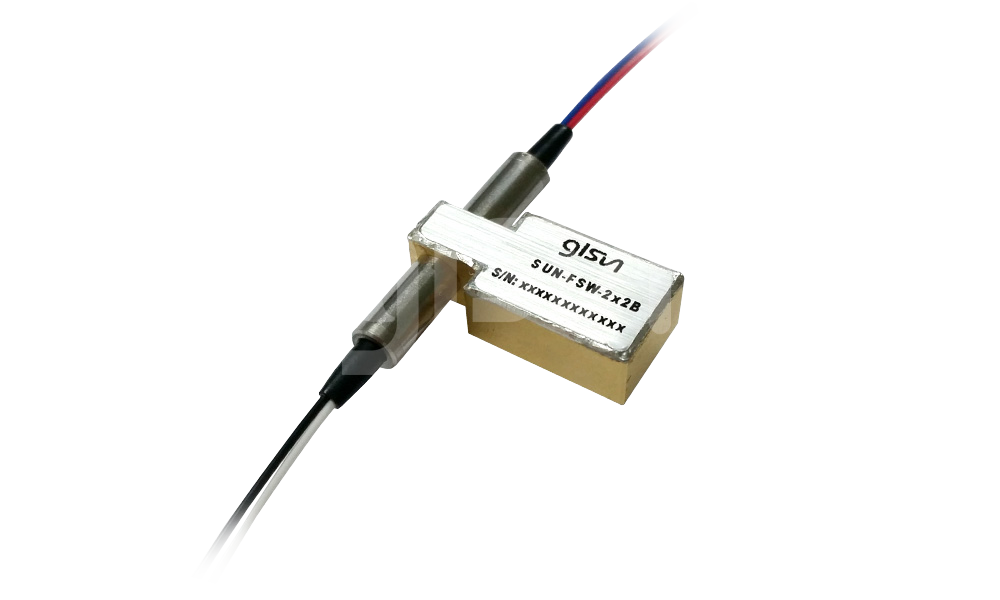What is a Bypass Optical Switch and How Does It Work?
2025-01-10
A bypass optical switch is an integral device in optical communication systems, designed to redirect light signals to alternate paths without converting them to electrical signals. This function is critical for maintaining uninterrupted service during maintenance, testing, or equipment failure.
In essence, a bypass optical switch ensures that data transmission continues seamlessly, even when one part of the network is temporarily unavailable. The switch achieves this by creating a backup route or bypass path for the optical signal, thus safeguarding network integrity.
Working Principle
Bypass optical switches operate using micro-electro-mechanical systems (MEMS) or mechanical optical switching technologies. These switches consist of input and output fiber ports connected through optical pathways controlled by movable micro-mirrors or mechanical shutters
When the primary path is active, the optical signal travels directly through the switch. However, if a fault or maintenance activity is detected, the switch redirects the signal to a predefined alternate path. The transition is swift and highly efficient, ensuring minimal impact on network performance.
Optical Route
The operation of a 2x2 bypass optical switch can be described using two states: State A and State B.
Below is a graphical representation of the optical pathways:

This switching capability provides high reliability and flexibility for various network scenarios, ensuring uninterrupted operation during maintenance or failure.
GLSUN’s 2x2B bypass optical switch has achieved a remarkable milestone, with over 20 million units sold globally. This impressive figure underscores its reliability and widespread adoption in optical networks.

A well-designed 2x2 bypass optical switch stands out due to its advanced design and robust performance. Here are some key features:
Low Insertion Loss: Ensures minimal signal degradation during transmission.
Fast Switching Time: Enables seamless transition between active and bypass modes.
Wide Wavelength Range: Supports 1260nm to 1650nm, making it suitable for diverse applications.
Compact Design: Facilitates easy integration into dense network environments.
High Durability: Guarantees long-term performance even in demanding conditions.
Applications of Bypass Optical Switches
Bypass optical switches find applications in various scenarios:
Network Protection: Redirects traffic during equipment failure or maintenance.
Testing and Monitoring: Allows temporary rerouting of signals for diagnostic purposes.
Data Centers: Ensures high availability and redundancy for critical systems.
Telecom Networks: Supports smooth operation in high-speed communication infrastructures.
In summary, a bypass optical switch is a vital component in optical communication systems, providing essential redundancy and failover mechanisms. Its ability to reroute optical signals ensures continuous data transmission and network reliability. Whether in telecommunications, data centers, testing & monitoring, or network protection, the bypass optical switch plays a crucial role in maintaining seamless optical communication.







